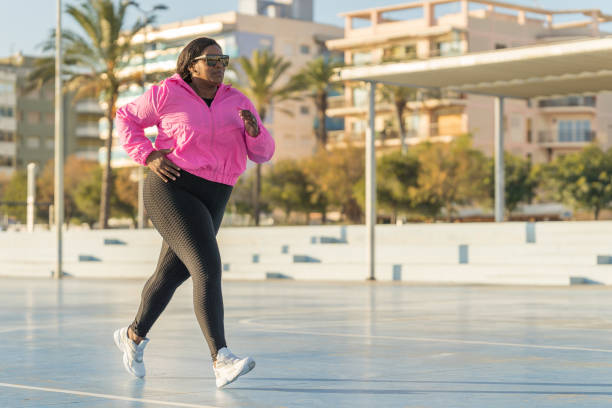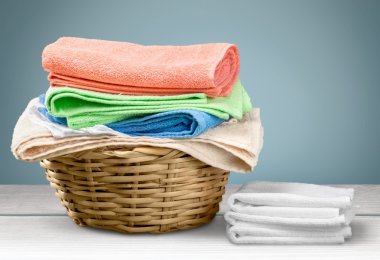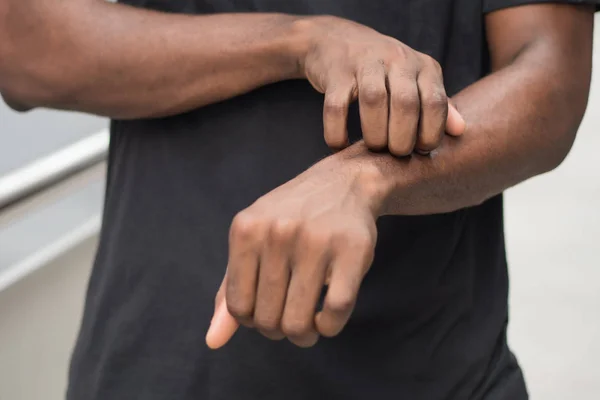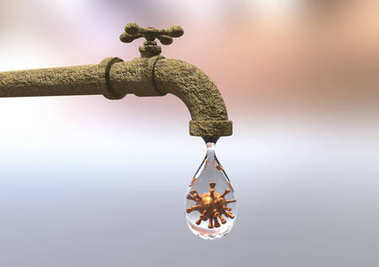One thing mothers worry about is how to prevent heat rashes from forming on their babies’ bodies.
Heat rashes are signs of inflammation or irritation commonly caused when a baby is exposed to a hot or humid environment. Also known as prickly heat or miliaria, heat rashes appear in the form of small, red, or pink bumps on the skin.
While heat rashes can appear on anybody’s skin, regardless of age, they are more pronounced in babies, due to their sensitive skin and because of the great discomfort they cause.
Babies can start crying out in the middle of the night as a result of the rashes on their bodies.
The good thing is these rashes can disappear as quickly as they come, most times without any need for medication. But in the time that they are present, they can cause serious discomfort and are best prevented totally.
In today’s article, we will be looking at ways to prevent heat rashes in babies.
1. Use a fan or an air conditioner
It is essential that your baby sleeps in a room that has a fan or air conditioner. This would help keep the temperature around the room cool and prevent these rashes from forming in the first place.
This can also prevent sweat from accumulating on their skin, which can cause irritation and lead to the development of heat rashes. Additionally, cool air can help to lower a baby’s body temperature, which can also help to prevent heat rash.
2. Dress your baby in loose-fitting clothes
To prevent heat rashes from forming on your baby’s body, you should avoid dressing them in clothes that are too tight and do not leave any room for air to enter their skin. This would only lock in heat and sweat, which would give way for these rashes to form.
Instead, dress your baby in clothes that are loose-fitting and made from a breathable material like cotton. Such cloth would allow air to reach your baby’s skin as well as allow heat and moisture to escape.
3. Keep your baby’s skin dry all the time
Another thing you can do to prevent rashes from forming on your baby’s body is to ensure that their skin is dry all the time, especially before they good to bed.
Make sure your baby’s skin is always clean and dry, with no traces of sweat or moisture. That way, you can prevent the rashes from developing.
4. Avoid exposing your baby to humid conditions
You should make sure that your baby is not exposed to hot or humid conditions, as this could cause rashes to develop. This means you should not expose your baby directly to the sun.
If you have to take your baby outside, make sure they are well covered with an umbrella or a cloth. You can also choose to take them out in the early morning or late in the evening when the sun is still weak.
5. Change sweaty clothes or wet nappies immediately
As soon as you notice that your child’s clothes are wet from sweat or they have soiled their diaper, you should change it immediately. Leaving the sweaty clothes on would not only cause discomfort for your child and also cause these rashes to develop on their skin.
6. Don’t rub thick lotions on their skin
Rubbing thick lotion on a baby’s skin can cause irritation and exacerbate heat rashes. Instead, it is recommended to apply the lotion in a gentle, patting motion to avoid further irritation of the skin.
Additionally, keeping the baby’s skin dry and cool can help prevent heat rashes from occurring in the first place.
7. Give your baby frequent baths
Giving your baby frequent lukewarm baths can be incredibly soothing and effective in preventing heat rashes. The cool water helps lower their body temperature and washes away sweat, which can irritate their delicate skin.
After the bath, gently pat their skin dry with a soft towel or let them air-dry to avoid any friction that might cause irritation. This routine not only keeps your baby comfortable but also helps maintain their skin’s health.
8. Keep your baby hydrated
Keeping your baby well-hydrated is crucial, especially in hot weather. Regular feedings, whether breast milk or formula, ensure they get enough fluids to help regulate their body temperature.
Proper hydration helps prevent overheating, reducing the risk of heat rashes. Remember, a well-hydrated baby is a happier and healthier baby, so offer fluids frequently and look for signs of dehydration, such as fewer wet diapers or a dry mouth.
9. Make use of absorbent bedding
Choosing the right bedding for your baby can make a significant difference in preventing heat rashes. So, get an absorbent and breathable materials that can wick away moisture and allow for better air circulation.
This helps keep your baby cool and dry throughout the night, reducing the likelihood of heat rashes.
Conclusion
If you’re wondering how to prevent heat rashes in babies, then adhering to the above tips in this article can aid you immensely.
Furthermore, parents should also seek medical attention if the rash persists or if the baby experiences fever or other symptoms. By following these simple steps, parents can help prevent heat rashes and ensure the comfort of their baby.
YOU SHOULD ALSO READ:
- How To Protect Yourself From Monkeypox
- How To Protect Your Brain From Stress
- How To Protect Your Early Pregnancy
- How To Protect Your Kidneys From Damage
- How To Protect Your Baby From Malaria
- How To Protect Yourself From A TB Patient
- How to Protect Your Baby From Measles
Collins Nwokolo is a human physiologist, writer and health enthusiast. He loves writing helpful articles on health and fitness, which he enjoys sharing with everyone.










